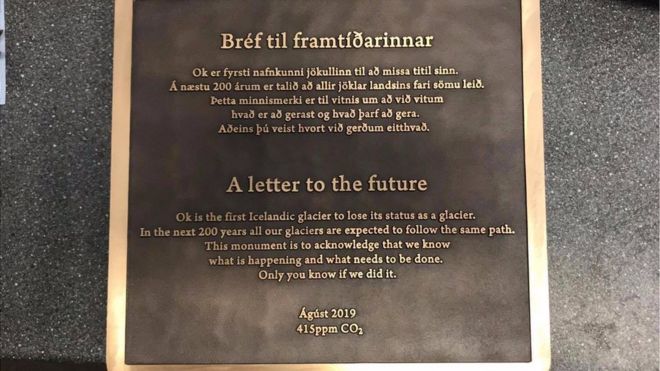Depends on the existence of suitable ponds in suitable transition zones. It's probably likely somewhere - transition zones from oak to pine can't have been eliminated from the NA landscape altogether, surely?In the early holocene, pollen from a wisconsin pond showed a transition from pine to oak forest in less than 100 years.
Is a repeat likely?
Btw: a transition like that is often and normally quick once begun: The existing forest holds its ground for a generation after it loses the ability to reproduce, and when it dies without heir (in the general or common case of pines, by disease or pest damage and then fire) the new and better suited forest grows in immediately.
In Minnesota a transition from pine to "maple/basswood" (maple plus something) and the like happened within one human lifespan over large regions of the State, the white and red pine forests having held on in marginal climate zones until logged off.
No. Too dry, and too dark, and not enough suitable area.given that the boreal forests are expanding northward,
does their growth exceed the deforestation of the tropics?
One of the factors in all of this is that the surface area suitable gets smaller at high latitudes. The planet is an oblate spheroid, not a cylinder.
Another factor is that trees and shrubs do not sequester carbon as efficiently as peat and tundra herbage do in many high latitude solar and temperature regimes - there's a net loss of CO2 capture when woody plants (willows and birches and alders and the like normally lead the transition) take over and shade the ground in those regions. So the boreal forest spread will not reliably replace what it replaces, let alone losses elsewhere.



